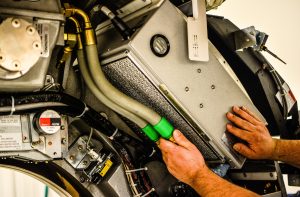Now more than ever! (Have you heard that before?)
We’ve all overused the phrase this year, no matter how appropriate it’s been. Hey, we’re guilty of it, too—because what else do you say when trying to recap 2020?
While it’s certainly been a year like no other, we need to acknowledge the things that remain the same: The healthcare workers we get to serve and support are true heroes – and we don’t care if that one is overused. Especially in imaging service, the expectations are still 100% uptime, which means 100% availability of engineers and service teams. This takes its toll on family and friends—all the while being called to be on site where safety protocols are the most rigorous.









